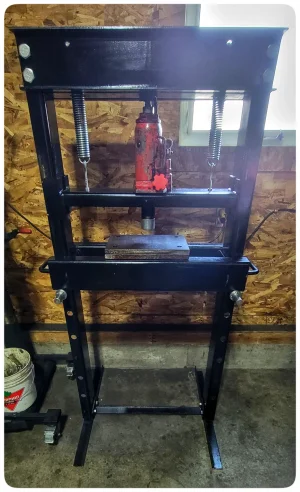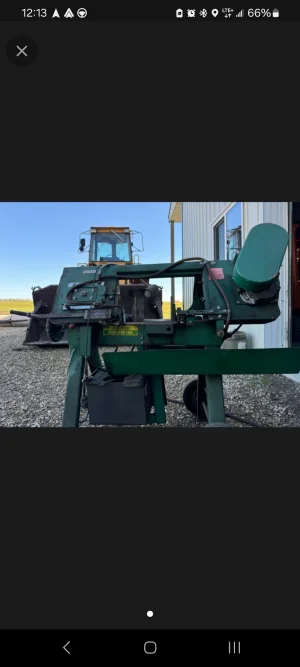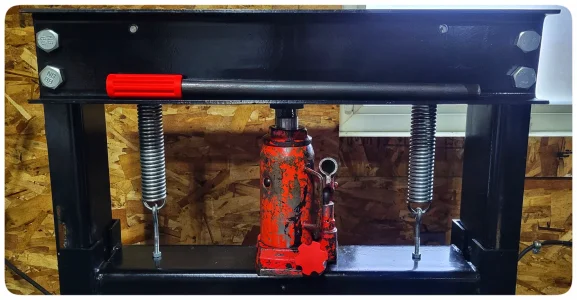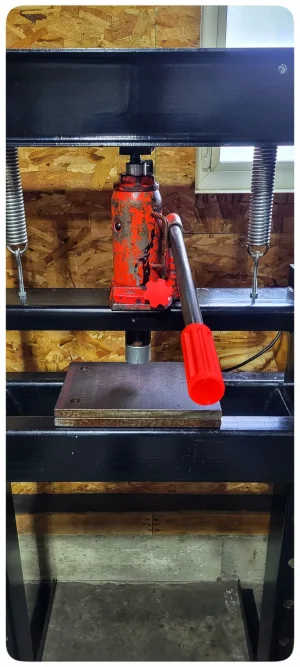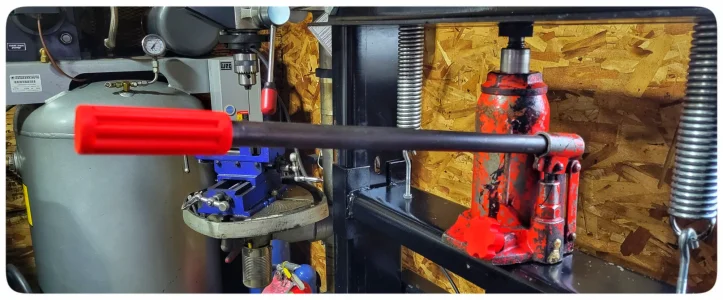it's really tricky to do it manually. So having control over feeding the tool along the workpiece should make for a better finish. That's what I imagine anyways..
My opinion will not be popular.
I think learning to do it manually in a smooth consistent repeatable manner is a very important skill to acquire. It isn't as hard as you might think. It's all in how you use your two hands to turn and control the wheel. Practice makes perfect.
I'm actually MUCH MORE afraid of getting a motorized system to do as well automatically as I can do manually than I am about doing a good job manually.

